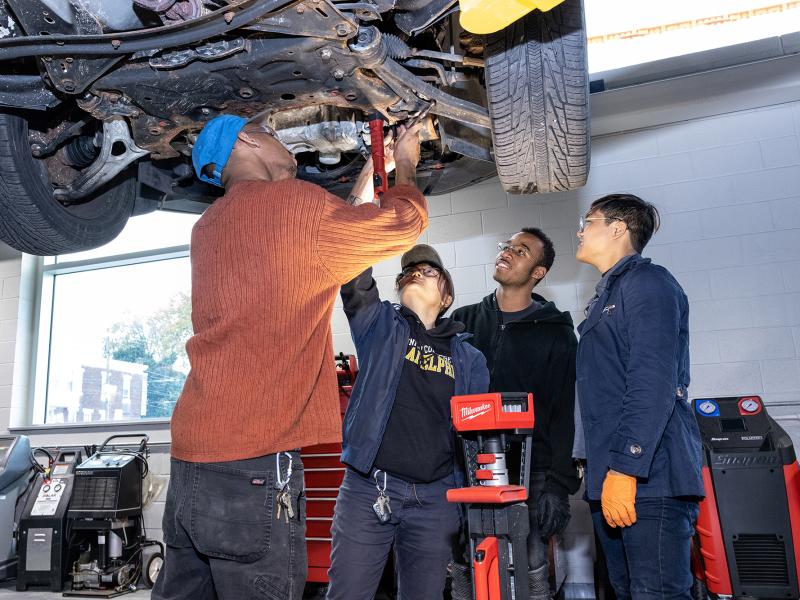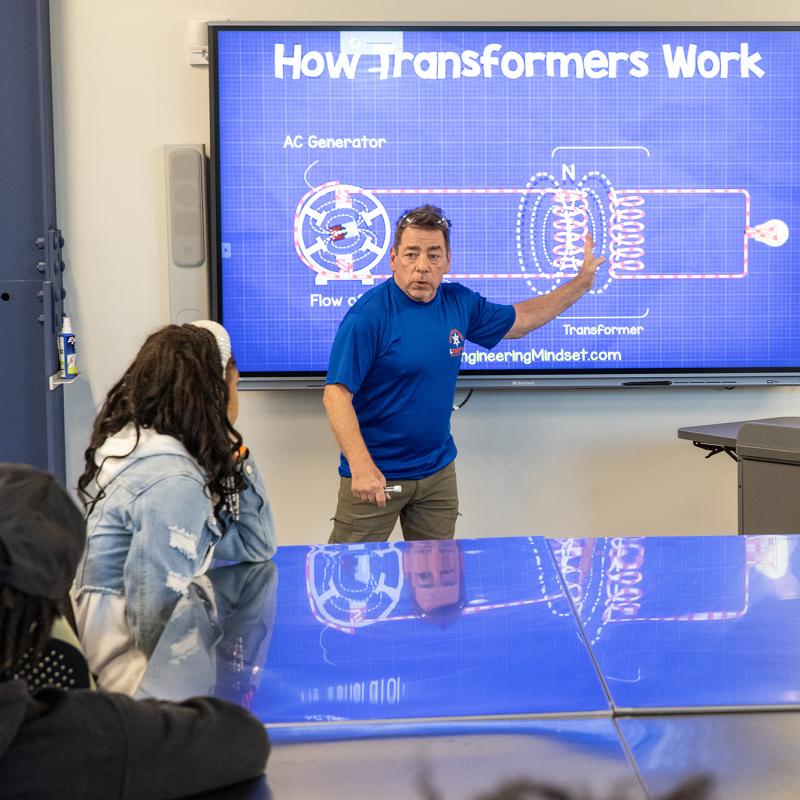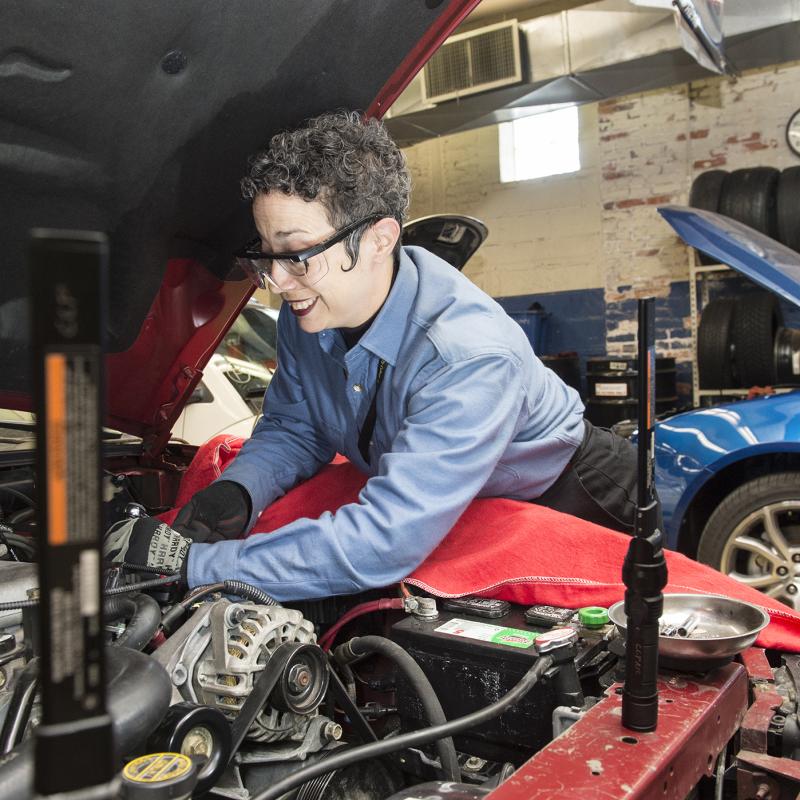Medium and Heavy Truck Technology I — Inspection, Maintenance, and Minor Repair Proficiency Certificate
An In-Demand Career path in an Essential Industry
-
Program Duration: Short-term
-
Degree Type: Proficiency Certificate
-
Total Credit Hours: 21

About This Certificate
Enter a truck maintenance and mechanics career quickly and affordably. If you like working with engines and automobiles but want to branch out from the traditional passenger vehicle servicing, consider entering the field of medium and heavy truck technology, where demand for new employees is high.
This proficiency certificate teaches you the skills you need for an entry-level position servicing trucks and other diesel utilizing automotive technologies. Learn how to perform fundamental tasks like fluids and inspections, lubrication, preventive maintenance services, filter services, electric systems, and more. Upon completion of this program, you will be ready to work with medium and heavy equipment platforms, such as trucks, buses, tractor-trailer systems, and off-road equipment.
The credits earned in this program also link with Medium and Heavy Truck Technology Proficiency Certificate II - Truck Service Technology to help you work toward an A.A.S. in Medium and Heavy Truck Technology.
Course Sequence:

Launch Your Career in Medium and Heavy Truck Technology — Inspection, Maintenance, and Minor Repair
- Automotive Service Technicians and Mechanics – est. salary $52,325*
- Maintenance and Repair Workers, General – est. salary $55,707
- Tire Builders – est. salary $43,702
- Farm Equipment Mechanics and Service Technicians – est. salary $53,365
Career Outlook
Maintenance and Repair Workers, General
Number of Jobs in the Region
10-year Job Outlook in the Region for Maintenance and Repair Workers, General
Maintenance and Repair Workers, General
Supervise and coordinate assignments of Maintenance and Repair Workers, General
Starting Pay: $37,177

Typical Tasks
- Perform routine maintenance, such as inspecting drives, motors, or belts, checking fluid levels, replacing filters, or doing other preventive maintenance actions.
- Inspect, operate, or test machinery or equipment to diagnose machine malfunctions.
- Repair machines, equipment, or structures, using tools such as hammers, hoists, saws, drills, wrenches, or equipment such as precision measuring instruments or electrical or electronic testing devices.
- Adjust functional parts of devices or control instruments, using hand tools, levels, plumb bobs, or straightedges.
- Assemble, install, or repair wiring, electrical or electronic components, pipe systems, plumbing, machinery, or equipment.
Let's Get Started
